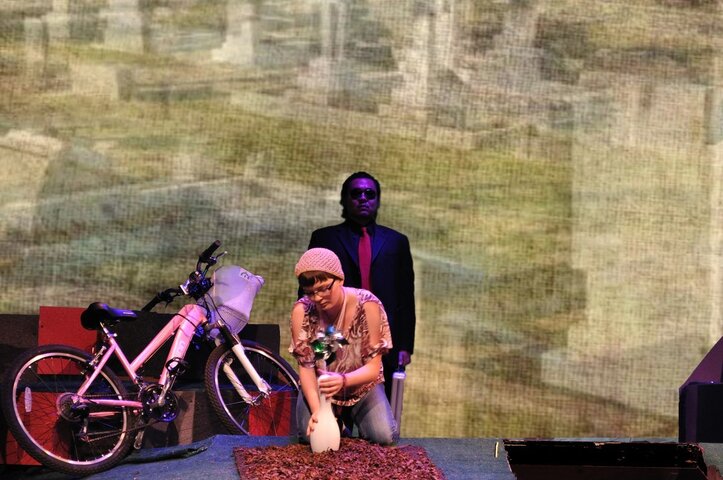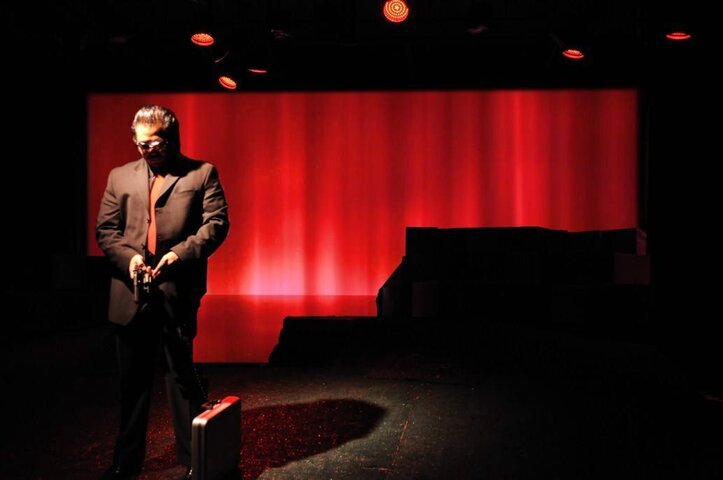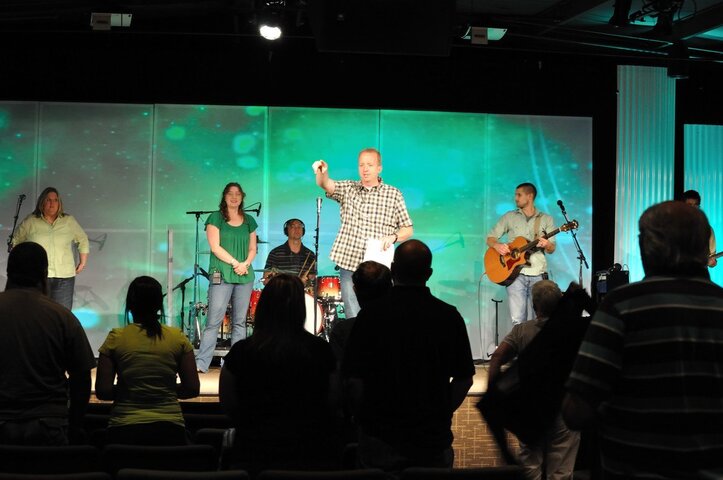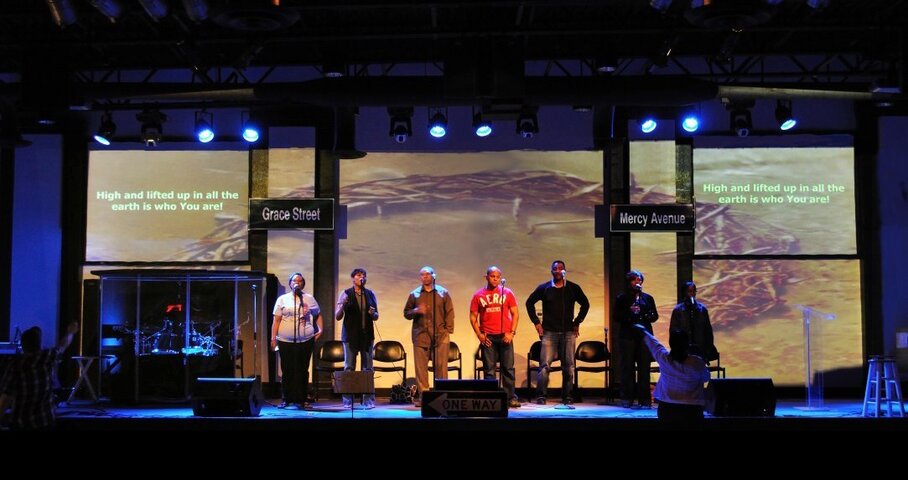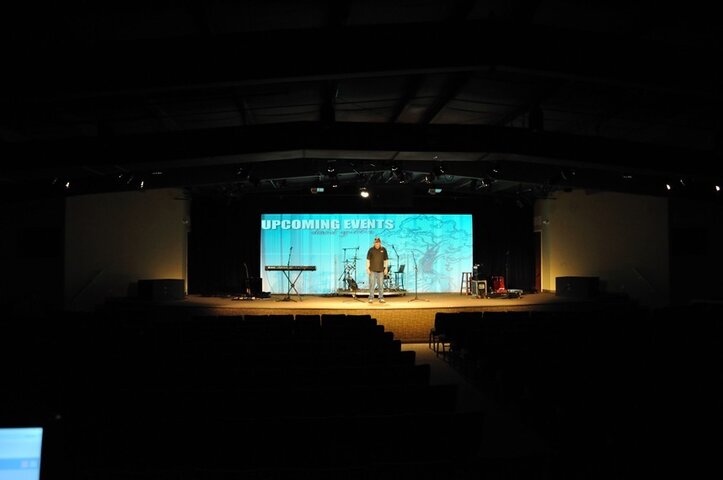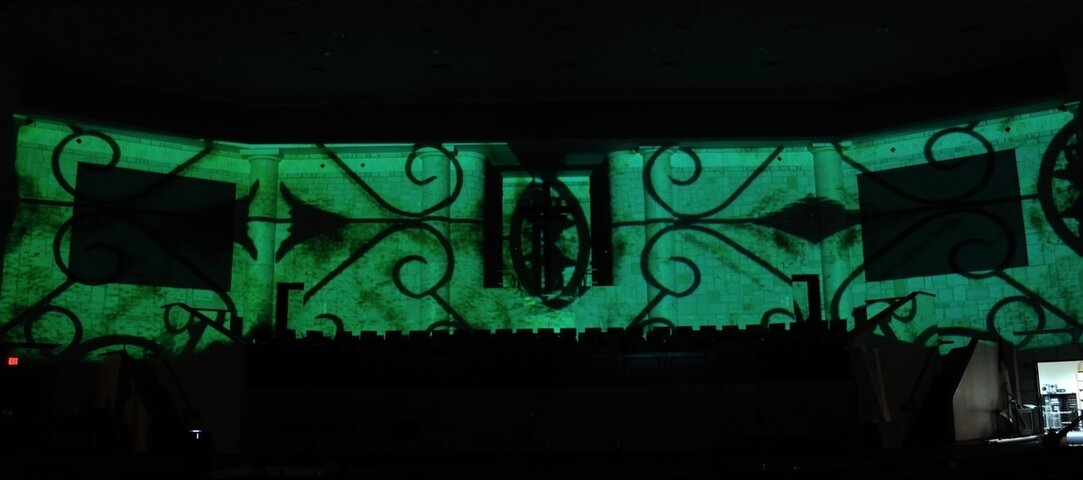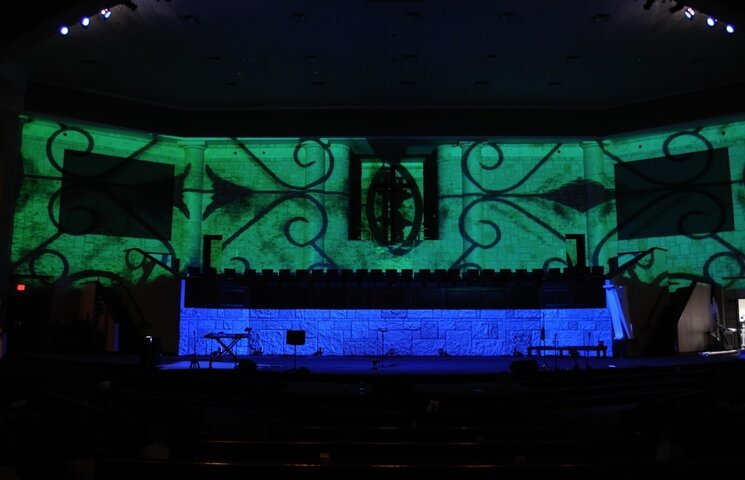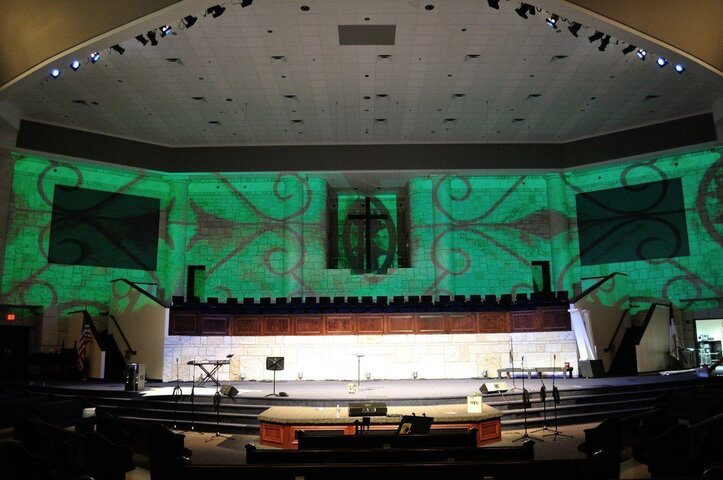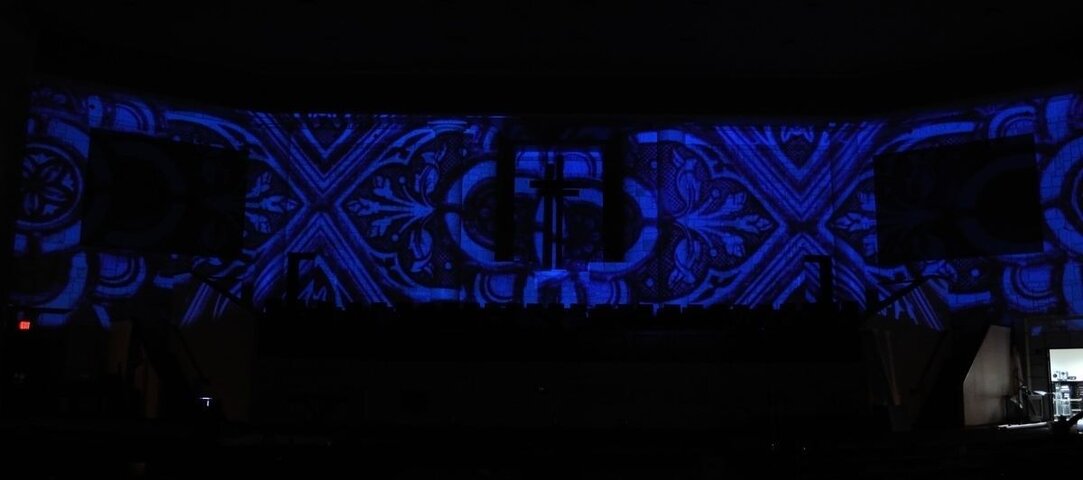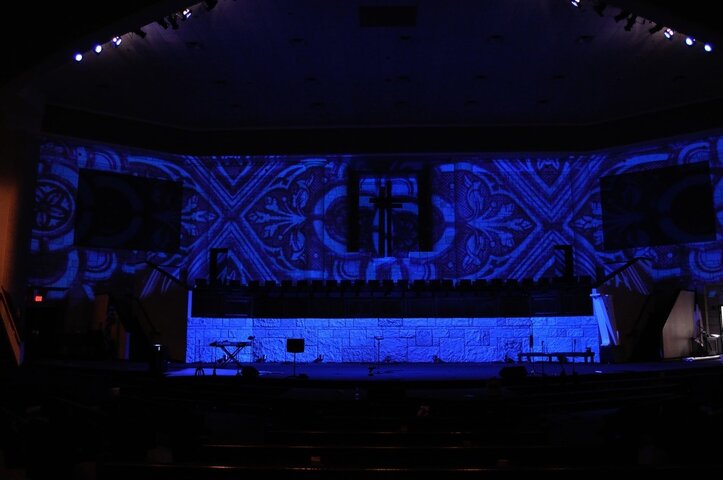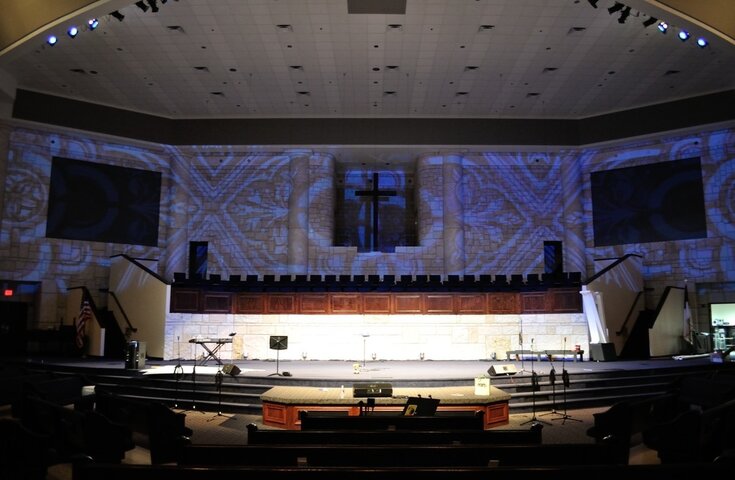Interestingly enough I have done projects with 10k
lumen projectors (4 or more at a time) and with 3k
lumen projections. It does all depend on what you are projecting and your control of ambient light. Of course in a theatrical setting controlling ambient light is much easier than in my church projection world (where the only front light is often PARcans from a very low angle).
Just to give you some background on projection. We use a measurement called ftL (
foot lamberts, basically lumens per square
foot). Movie theater screens are often 10-14 ftL. This is because they are in completely dark rooms. When we do church projections in high ambient light areas (direct sunlight with readings of 150+ FC at the
screen) we recommend 75-100 ftL. A 3000
lumen projection over a 9x12 surface (which is a very common measurement) is 27 ftL.
27 ftL is very bright. You can see a lot of detail, and get enough to make it show up. Also, if you watch the lighting work on that video the lights are cut very well to the botto of the projection surface. If you shine a light directly on to any
backdrop you are going to
wash it out (one reason I hate it when people use
FOH spotlights with a
cyc when the actors run upstage and interact with it), I dont care if you are using a 3000
lumen projector or a 10000
lumen projector.
Now, in our rental inventory are two 3000
lumen projectors that we often do 9'x24' images with. I will post some pics below or you can go look on
Esoteric Visions.
These are also super short
throw. That means my 9'x24'
image is created with the
projector less than 4' from the
screen. Now, I have to burn 3' at the top or bottom of the
screen (depending on how the projectors are hung), but that is a small price to pay.
Now, as always, the more lumens the better (usually), and things vary by performance, but needing a half dozen 10k projectors to make a nice background
image is just siply untrue.
As far as content, there are thousands of sites on the internet you can license still or moving content from, or if you are feeling creative, by some video editing software and make your own.
Let me know if you have any questions. All the projections are done with 2 3000
lumen projectors. One of the photos is much larger than 9'x24' but the others are 9'x'24.
Now of course Les Mis had 4 multi thousand
lumen projectors for a comparatively small
image. But you don't HAVE to do that.
Mike



